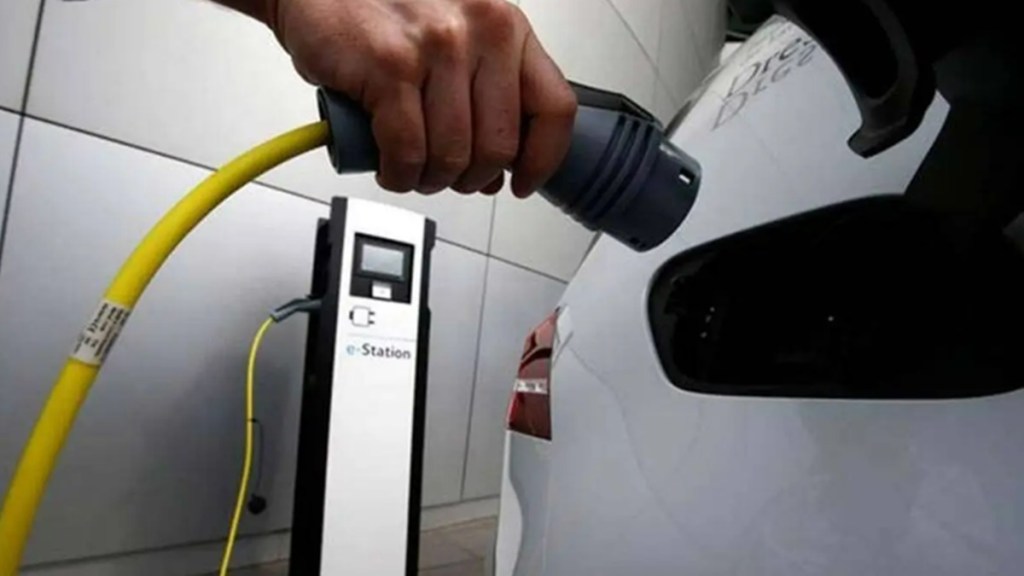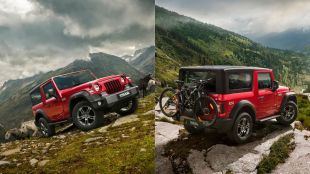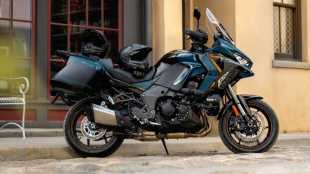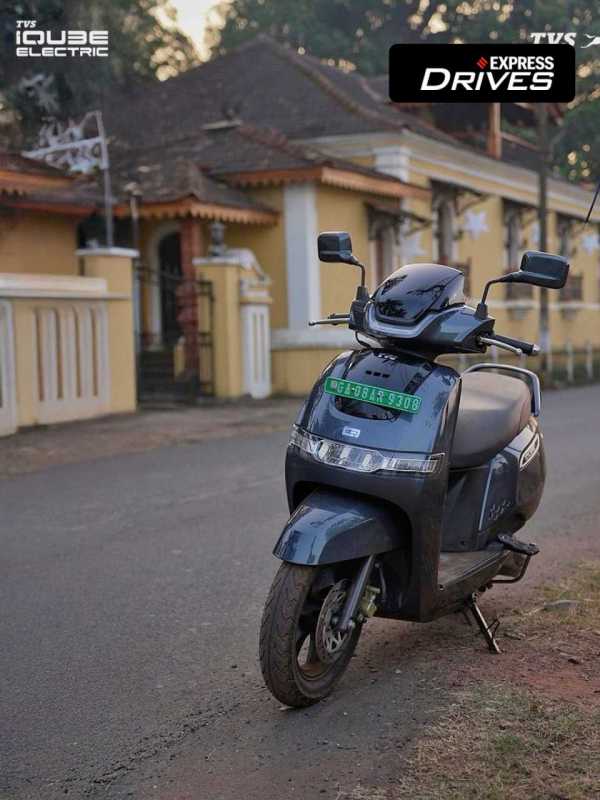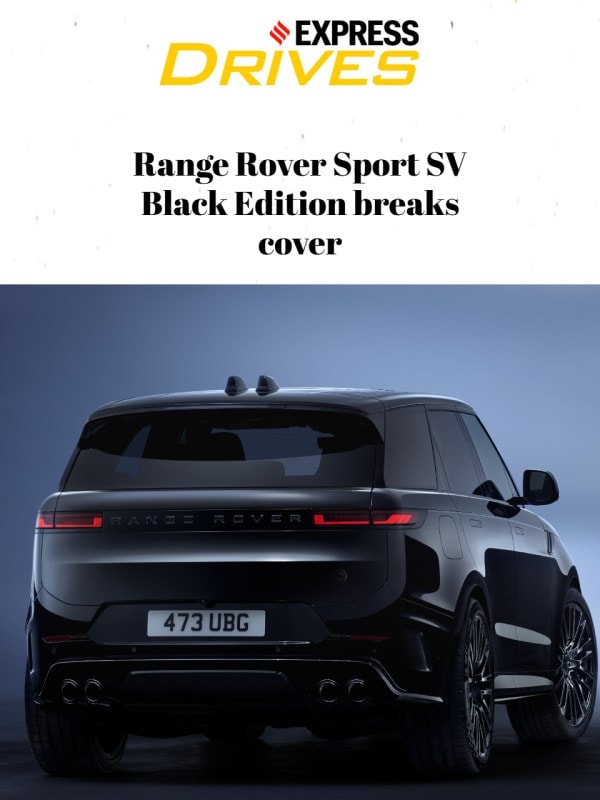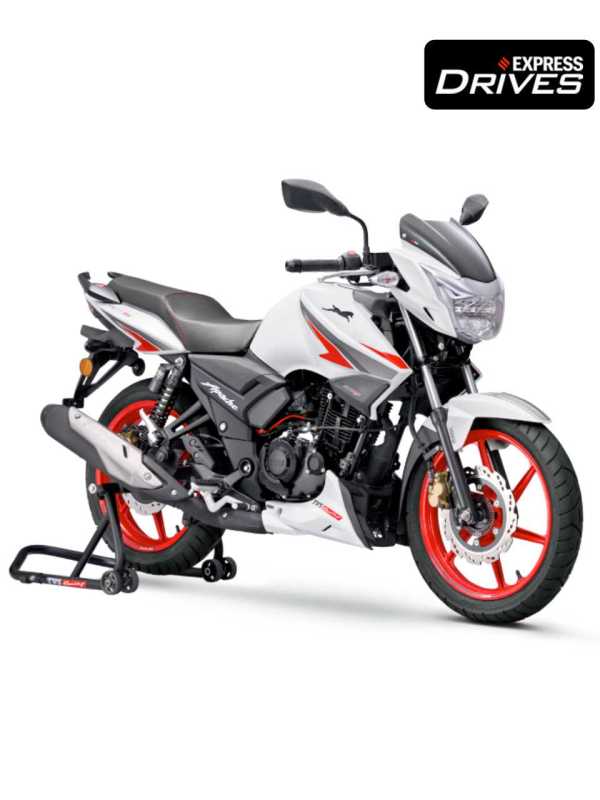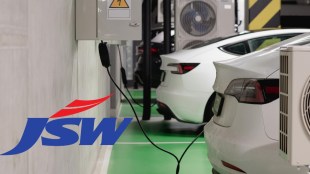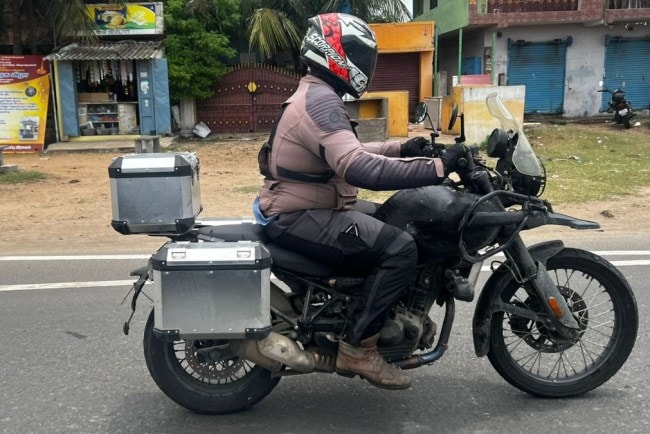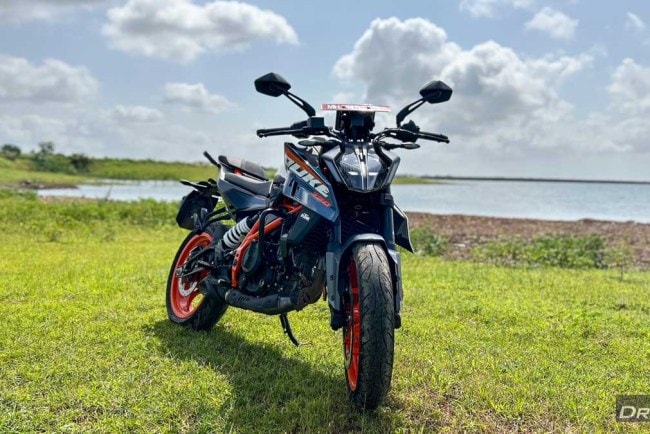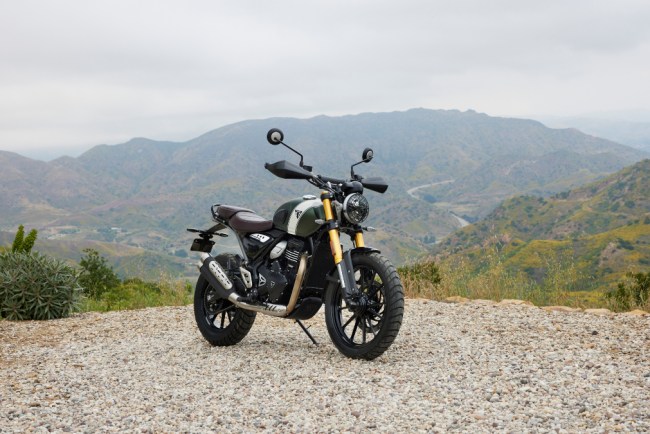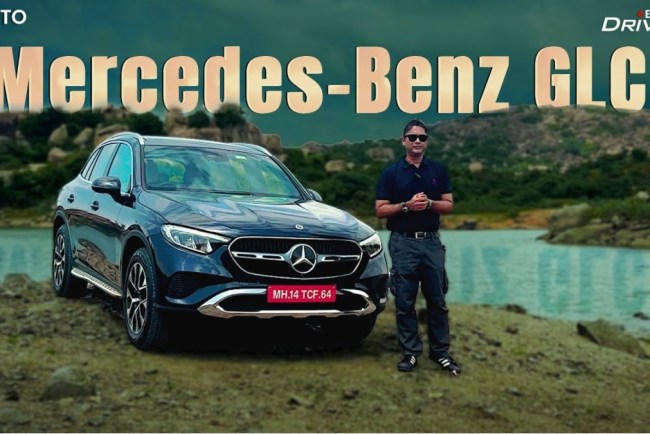India’s EV market is expected to grow at a CAGR of 49% between 2021-2030 and reach annual sales of 17 million units with almost 15 million of these projected to be electric two-wheelers, an India Energy Storage Alliance (IESA) report said.
According to IESA’s 2021 India Electric Vehicle and Component Market Overview Report 2021-2030, electric 2Ws account for 50% of annual EV sales in India followed by the low-speed e-3Ws. Electric 2W and 3W accounted for most of the total 467,000 annual EV sales in India in 2021 with 2.2 lakh 2Ws, 2.1 lakh 3Ws, 14,000 4Ws and 1,200 buses. In 2021, for the first time demand for lithium-ion batteries in the country exceeded the 1 GWh threshold.
Also read: iVOOMi Energy unveils JeetX electric scooter: Top 5 things to know
IESA is an industry alliance on energy storage, e-mobility and green hydrogen and they released their third annual report on the Indian EV industry on Tuesday. According to the report, the Indian EV market is anticipated to grow quickly after 2024–2025 when the cost of EVs is predicted to be comparable to ICE vehicles because of falling battery prices, advancements in EV technology, domestic production and economies of scale.
According to the report, the main factors propelling the EV market’s expansion in the decade will be rising consumer awareness, a rise in fuel prices, commitments from fleet aggregators and corporations, entry of new players, advancements in EV technology, continued subsidy support from both the Central and state governments and implementation of strict emission standards from 2022.
Avanthika Satheesh, industry research manager (emerging tech, customised energy solutions), said the base case scenario is a business as usual case which aims for 70% of target set by the national e-mobility plan while the worst case scenario is the most pessimistic is 50% of the target achieved.
Also read: Oben Rorr EV gets 15,000+ pre-bookings: Deliveries to commence in October 2022
The target set by the policy was 70% penetration of EV in 2W and 3W segment, 40% in 4W and 40% in buses.At present majority of the country’s demand for EVs was met by domestic supplies, although battery cells and some packs were imported. In electric 2Ws, a major market share was held by around 8-10 players. Traditional players hold a 30-40% share of the market with the rest being held by new players or start-ups such as Ola and Ather among others. In the electric cars and bus segment, traditional players hold the majority of the market.
Going forward there could be a consolidation of component makers and EV OEMs, Satheesh said.

